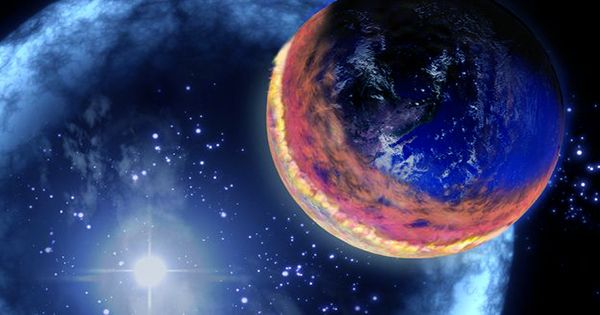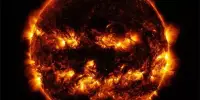Before exploding as supernovae, very massive stars only spend a brief fraction of their lifetimes as red supergiants. The procedure of meticulously observing every star in the red supergiant phase is impractical since what may be an astronomical blink of the eye nonetheless takes hundreds of millions of years. However, fresh proof of a practical lead-up to the explosion could give astronomers a chance to tune in and watch just in time.
Many individuals held onto the notion that Betelgeuse’s abrupt dimming in 2019–20 was a sign that they would soon get a front-row seat to a supernova watch party. Not only was that untrue, but later study has shown that it will take our nearest red supergiant around 100,000 years to perform its function.
However, a recent research offers proof that sudden dimming can in fact be a sign of an impending explosion, so we should be on the lookout for it. Watching what is typically the tenth brightest star in the sky is easier than keeping track of more distant red supergiants. However, the article argues that signals from stars that are about to explode allow us to detect objects outside of our galaxy.
Betelgeuse dimmed and then regained brightness after losing two thirds of it. Dr. Benjamin Davies of Liverpool John Moores University claims that 99 percent is more normal for pre-supernova red supergiants.
It’s not that the stars in question are currently emitting significantly less light. Instead, the early radiation from supernovas appears to have traveled through a cocoon, which would have obliterated the majority of the light from the parent star.
The star is almost totally hidden by the thick debris, which makes it appear 100 times fainter in the visible spectrum. This implies that you probably wouldn’t be able to see the star the day before it bursts, according to a statement from Davies.
It would be just as frustrating if stars vanished decades before their explosions as if they had not given out any warning at all. Fortunately, neither situation appears to exist. The scientists discovered red supergiants that were brilliant enough to stand out a year or two before their explosions after searching through old pictures of galaxies where supernovas have recently happened.
Two conflicting cocoon-forming processes that others have hypothesized were modeled by Davies and his co-authors. They discovered that the “Outburst model,” according to which the majority of the cocoon is produced when a tenth of the Sun’s mass is released over the course of around a year, is compatible with the vast majority of the examples we have observed. “Superwind models,” in which mass loss occurs over decades and is a hundred times slower, are not.
In-depth observations of supernovae had previously only been possible hours after they have already occurred. We can prepare to observe them in real-time thanks to this early warning system, said Davies. To observe the progenitor stars being utterly destroyed right before our eyes using the best telescopes in the world.
Less frequently than once every century, a red supergiant blasts supernova in a galaxy the size of the Milky Way. The scan of galaxies within 100 million light-years should pick up a sample of these stars, but they are so bright that they are easily 10,000 times as luminous as the Sun. Astronomers can keep an eye out for signals of pre-explosion dimming.













